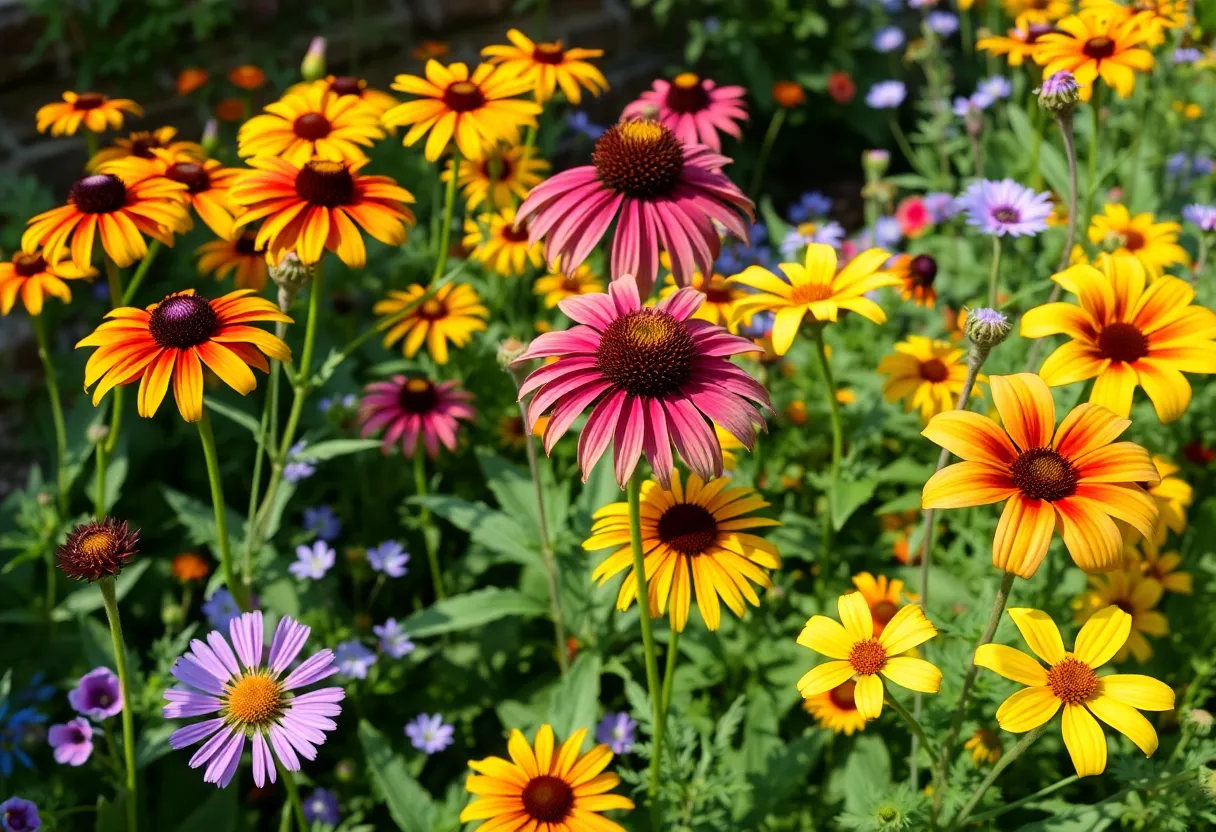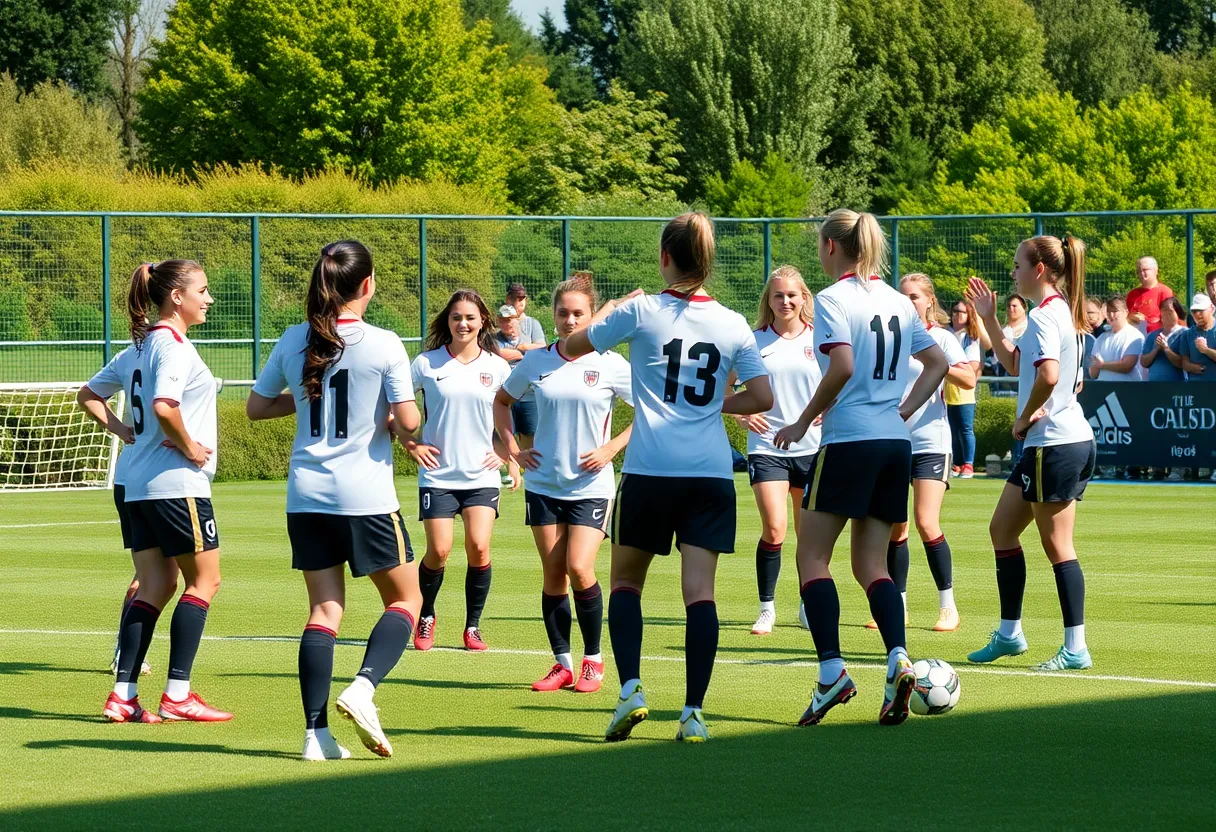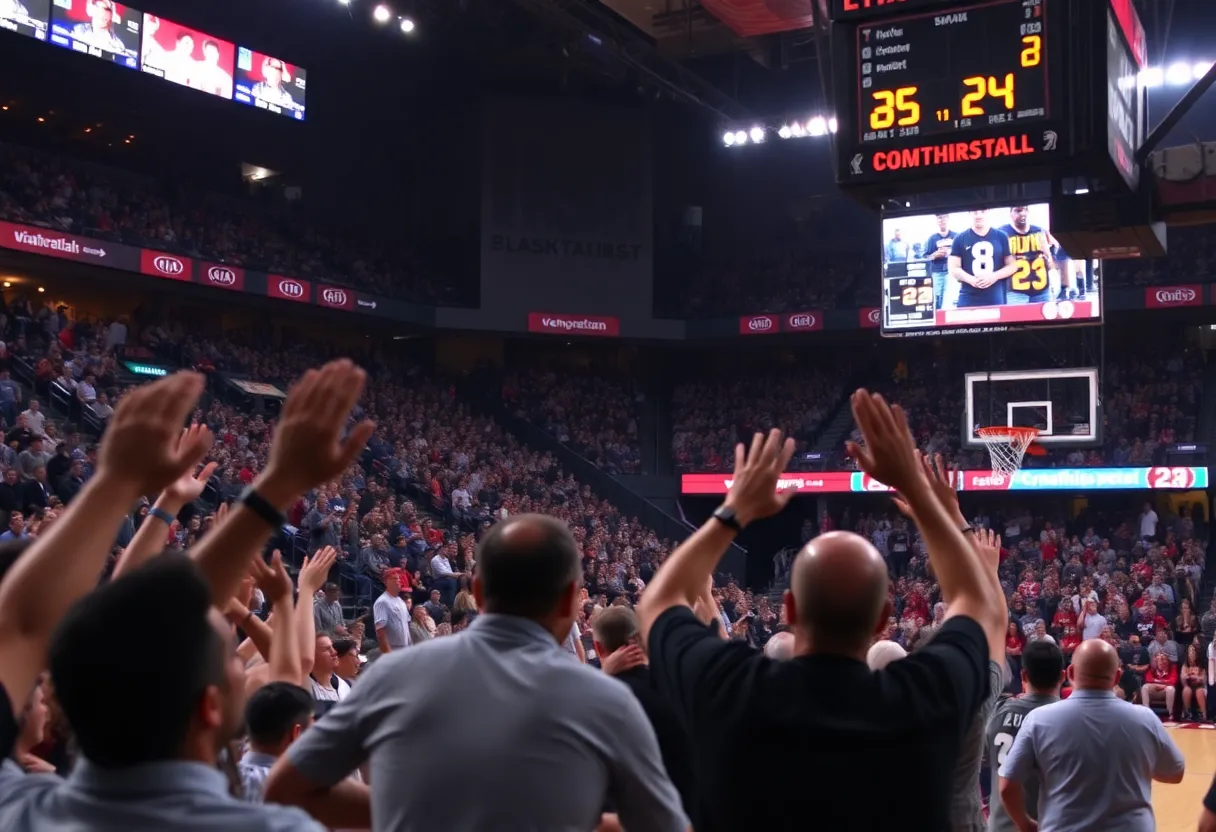5 Stunning Plants to Brighten Up Your Philadelphia Landscape All Year Round
Creating a vibrant, resilient landscape in Philadelphia demands selecting plants that *provide continuous visual interest* and ecological benefits across all seasons. Well-chosen perennials flourish in Philadelphia’s climate, require minimal maintenance, and increase the biodiversity of your garden. This guide highlights five exceptional plants ideal for this region, ensuring your landscape remains attractive year-round.
1. Black-Eyed Susan (Rudbeckia fulgida)
Black-Eyed Susan is a native perennial with *striking yellow petals and a dark central cone* that mimics the appearance of a black eye. The plant blooms from mid-summer through early fall, offering a splash of cheerful color during peak growing seasons. Its *tolerance for full sun to partial shade* and adaptability to diverse soil types make it a versatile choice for various landscape settings. Black-Eyed Susan supports local pollinators like bees and various butterfly species, making it ecologically valuable. Its *upright growth habit* and sturdy stems facilitate the use of flowers in cut arrangements and bouquets, enhancing its utility in garden design.
2. Echinacea (Coneflower)
Echinacea, commonly referred to as *coneflowers*, are celebrated for their *robust nature* and *large, daisy-like blooms*. Native to North America, these perennials display a *wide range of colors*, including pink, purple, white, and orange, allowing for versatile garden compositions. Their *prolonged blooming period* from mid-summer to early fall attracts a myriad of *pollinators*, including bees and butterflies, supporting local ecosystems. Beyond aesthetics, Echinacea has *medicinal uses*, particularly for immune support, with extracts and teas derived from the roots and flowers. They thrive in full sun with well-drained soil, requiring minimal care once established, making them ideal for sustainable gardening initiatives.
3. Daylilies (Hemerocallis)
Daylilies are *noted for their bright, colorful flowers* that bloom in succession, providing *several weeks of continuous color* despite each individual bloom lasting only one day. Their *hardiness and adaptability* to various soil conditions and light exposures—ranging from full sun to light shade—render them among the most *low-maintenance perennials* available. Established clumps can *spread quickly*, creating lush, naturalized patches. Their *resilience to pests and diseases* further enhances their appeal, making them a perfect choice for gardeners aiming for a perennial landscape with *minimal intervention*. They also serve as a backdrop or filler in border plantings, with some varieties offering fragrant flowers that add an aromatic dimension to the garden space.
4. Dense Blazing Star (Liatris spicata)
Dense Blazing Star offers a *striking vertical form* with spikes of *bright purple flowers* that bloom during mid-summer. This native perennial is *especially valued* for its *ability to attract native pollinators*, including bees, butterflies, and hummingbirds. Its *tolerance for wet soils* makes it suitable for areas like rain gardens, wetlands, or low-lying garden beds prone to moisture retention. Liatris is low-maintenance, requiring *minimal watering once established*. Its *bold, spiky flowers* add height and textural contrast to garden beds, elevating the visual dynamics of native and mixed plantings alike.
5. Wild Bergamot (Monarda fistulosa)
Wild Bergamot, also known as *bee balm*, emphasizes *fragrant foliage* and *delicate lavender-colored flowers*. It is a *native plant* that thrives in well-drained soils and requires minimal care, making it ideal for sustainable landscaping. The plant attracts *pollinators like bees and butterflies*, supporting local insect populations, while its *deer-resistant* nature makes it a practical choice for many homeowners. Wild Bergamot also exhibits a *drought-tolerant* profile once established. Its *compact growth habit* and *long flowering period* add both visual appeal and ecological value, especially when incorporated into wildflower or meadow-style gardens.*
Conclusion
These *five perennials* exemplify *adaptability, resilience, and beauty*, ensuring that your Philadelphia landscape remains *vibrant and inviting* throughout the year. Incorporating Black-Eyed Susan, Echinacea, Daylilies, Dense Blazing Star, and Wild Bergamot will foster a *dynamic ecosystem*, provide *seasonal color*, and reduce ongoing maintenance. Their *native origins and ecological benefits* further support regional biodiversity, making them strategic choices for sustainable and visually appealing gardens in Philadelphia.
FAQ
Which plants are best for providing year-round interest in Philadelphia?
Native perennials like Black-Eyed Susan, Echinacea, Daylilies, Liatris, and Wild Bergamot are excellent choices. They offer sustained seasonal color, attract pollinators, and require minimal maintenance in Philadelphia’s climate.
How do native plants benefit Philadelphia gardens?
Native plants are adapted to local soil and climate conditions, making them more resilient and easier to maintain. They support native pollinators and wildlife, enhancing ecosystem health and biodiversity.
Are these plants suitable for various garden conditions?
Yes. These species tolerate a range of conditions, including full sun to partial shade and moist to well-drained soils. They are adaptable, making them suitable for diverse garden designs and microclimates within Philadelphia.
Do these plants attract pollinators?
Absolutely. Each of these plants is known to attract various pollinators like bees, butterflies, and hummingbirds, contributing to a healthy garden ecosystem.
Key Features Comparison Chart
| Plant | Bloom Time | Color Spectrum | Pollinator Attraction | Soil Preference | Maintenance Level |
|---|---|---|---|---|---|
| Black-Eyed Susan | Mid-summer to early fall | Yellow with dark centers | Bees, butterflies | Diverse; full sun to partial shade | Low |
| Echinacea | Mid-summer to early fall | Pink, purple, white, orange | Bees, butterflies | Well-drained; full sun | Low |
| Daylilies | Spring to summer (repeats) | Vivid colors including yellow, red, orange, pink | General pollinators | Flexible; full sun to light shade | Very low | Dense Blazing Star | Mid-summer | Bright purple | Native bees, hummingbirds | Wet soils; moist conditions | Low |
| Wild Bergamot | Summer to fall | Lavender to pale purple | Bees, butterflies | Well-drained; drought-tolerant | Low |
Author: STAFF HERE PHILADELPHIA WRITER
The PHILADELPHIA STAFF WRITER represents the experienced team at HEREPhiladelphia.com, your go-to source for actionable local news and information in Philadelphia, Philadelphia County, and beyond. Specializing in "news you can use," we cover essential topics like product reviews for personal and business needs, local business directories, politics, real estate trends, neighborhood insights, and state news affecting the area—with deep expertise drawn from years of dedicated reporting and strong community input, including local press releases and business updates. We deliver top reporting on high-value events such as Mummers Parade, Philadelphia Flower Show, and Thanksgiving Day Parade. Our coverage extends to key organizations like the Greater Philadelphia Chamber of Commerce and United Way of Greater Philadelphia, plus leading businesses in telecommunications, food services, and healthcare that power the local economy such as Comcast, Aramark, and Children's Hospital of Philadelphia. As part of the broader HERE network, we provide comprehensive, credible insights into Pennsylvania's dynamic landscape.





